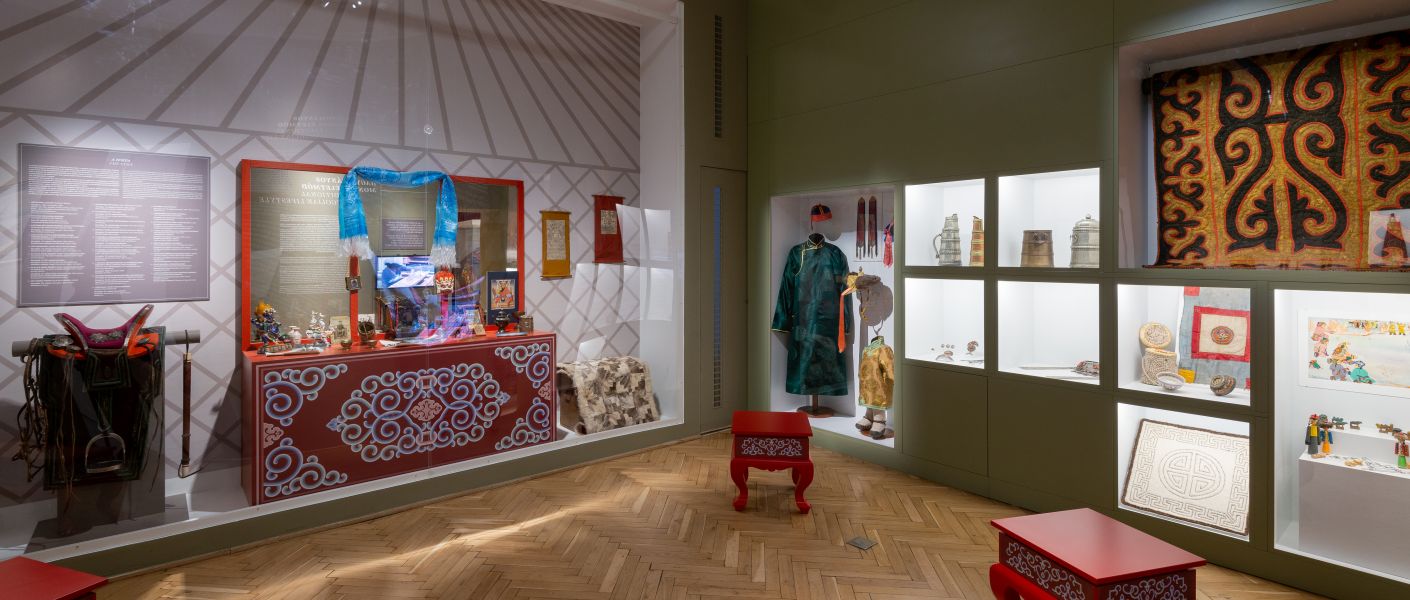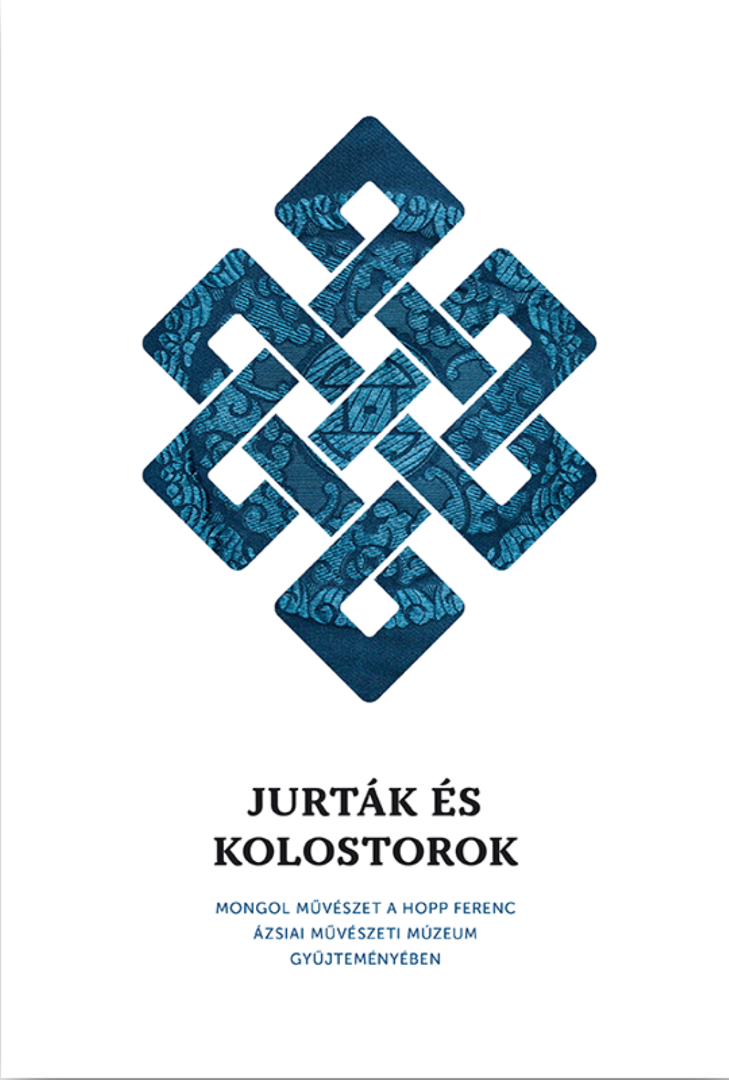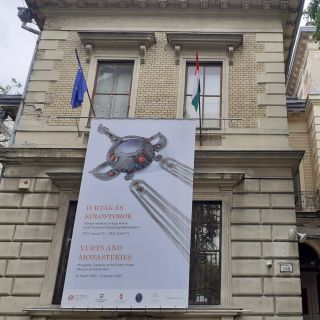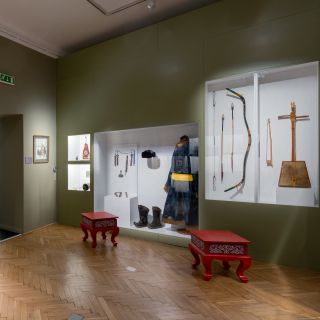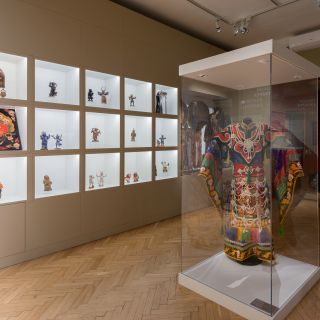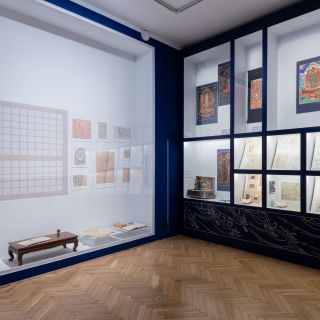Yurts And Monasteries. Mongolian Treasures at the Ferenc Hopp Museum of Asiatic Arts
Yurts and Monasteries. Mongolian Treasures at the Ferenc Hopp Museum of Asiatic Arts
Lajos Ligeti (1902-1987) is one of the most outstanding researchers of Orientalism in Hungary. His work has laid the foundation for later Orientalist research, especially in the field of Mongolian studies. The amount of work he has carried out as a promoter of science and professor is truly compelling: he founded the Department of Mongolian and Inner Asian Studies of Eötvös Loránd University, as well as the Oriental Collection of the Hungarian Academy of Sciences. Besides, he launched several scholarly journals that quickly gained international significance.
The exhibition encompasses the period from the beginning in the early nineteenth century, i.e., Gábor Bálint of Szentkatolna’s works on Mongolian linguistics, through Lajos Ligeti’s collecting of Buddhist materials from Inner Mongolia as well as materials gathered by archaeologists researching Mongolian material culture (Miklós Gábori, Tibor Horváth, László Ferenczy, István Erdélyi), to the collecting work undertaken by outstanding ethnographers and art historians (Vilmos Diószegi, Zoltán Felvinczi Takács, Judit Vinkovics) and the presentation of visual and audio materials from scientific expeditions.
To convey a sense of traditional Mongolian material culture, alongside the objects typically associated with everyday activities of men and women – dishware, costumes, pieces of jewellery, toys, musical instruments –, the exhibition features a yurt containing a household altar and the respective ritual accessories.
Shamanism, the vernacular religious belief of nomadic Mongolians, is presented by objects collected by Vilmos Diószegi – a Mongolian Shaman costume, objects that serve as accessories of shamanistic rituals –, while figures and accessories of the chamdance, applied thangkas, and rolling prayer wheels evoke Buddhism, the predominant religion in Mongolia for long centuries as well as festive ceremonies of the Buddhist monasteries. In the exhibition, our aim was to give an idea of the structure of the monasteries by setting up an altar and presenting the Mongolian Buddhist pantheon.
In the last thematic section of the exhibition, besides a presentation of the work of scholars and researchers, special emphasis is given to the lifework of Lajos Ligeti and the archaeological collecting work carried out by museum director Zoltán Felvinczi Takács, during which he excavated the bronze objects of the nomadic peoples living in China’s northern borderlands, and to the participation of Hungarian archaeologists in Mongolian excavations, which still continues.
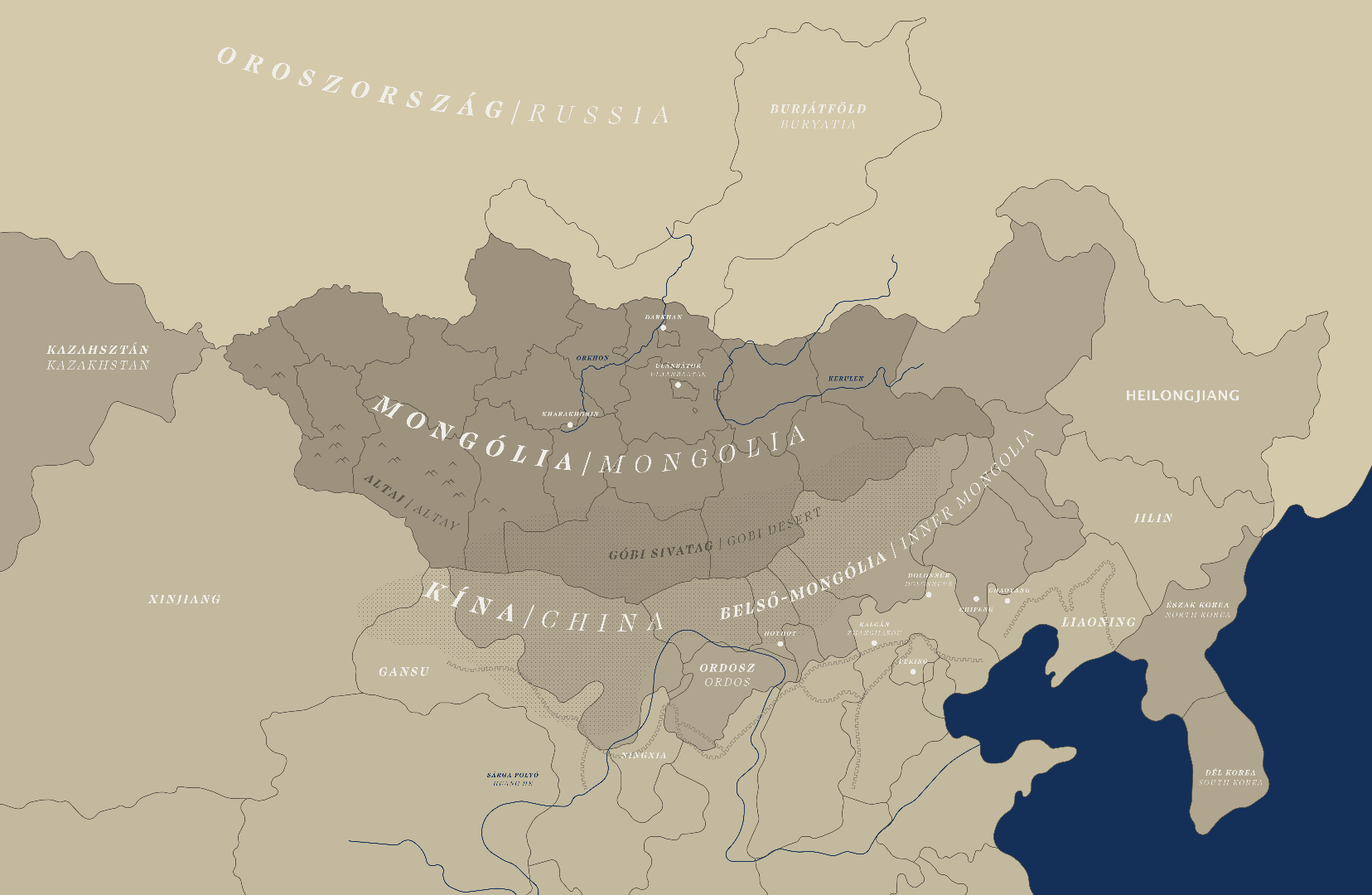
EXHIBITION CATALOGUE
Yurts and monasteries. Mongolian art in the collection of the Ferenc Hopp Museum of Asiatic Arts
ISBN 978-615-5987-77-9
Editor(s): Györgyi Fajcsák and Tímea Windhoffer
Publisher: Museum of Fine Arts – Ferenc Hopp Museum of Asiatic Arts, Budapest
Published: 2022
Format: Paperback
Pages and Illustrations: 248 pages with color illustrations
Language: English, Hungarian
RESEARCH
The revival of domestic scientific research on the Mongols is attributed to Lajos Ligeti. Thanks to his work, our knowledge about the Mongols was put into a unified framework, which continues to expand following the successful expeditions that continue to this day. During his research trip to Inner Mongolia (1928–1931), he added about fifty objects to the Chinese and Mongolian Collection of the Ferenc Hopp Museum of Asian Art. The study published in the study volume undertakes for the first time to explore the material heritage of the museum, to present the main groups of the collected material and to describe its outstanding pieces. Ligeti's donations, although they laid the foundation for the creation of the Mongolian Collection, do not reflect a conscious collecting concept. He was primarily a philologist and linguist, and he did not consider the study of material culture particularly important. More ››› |
